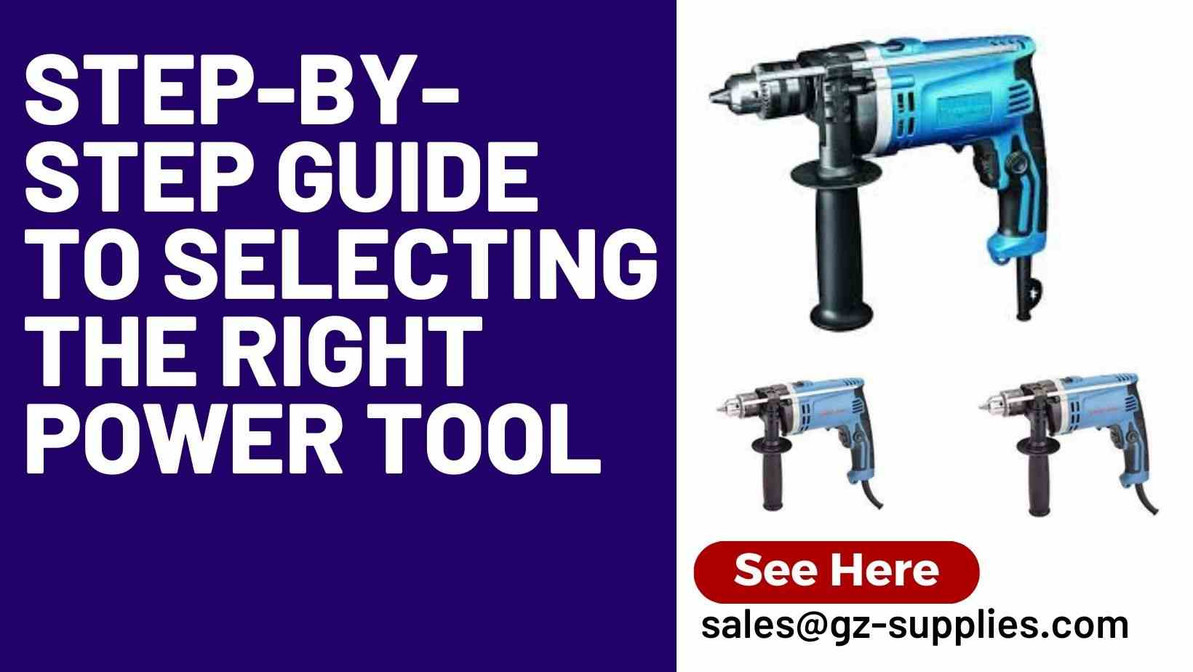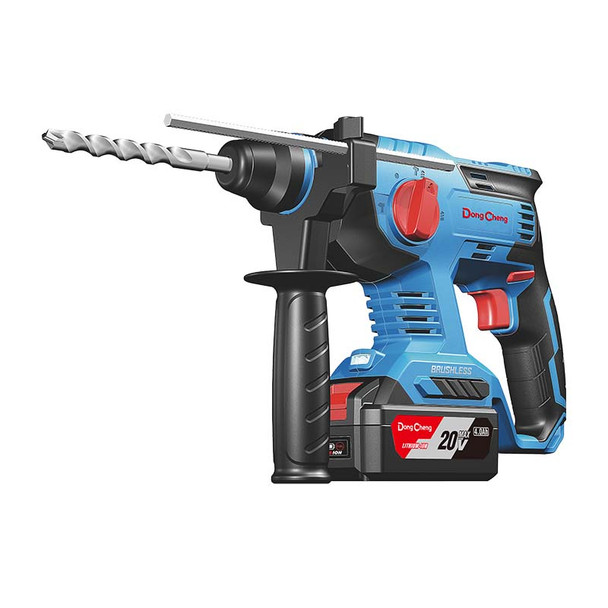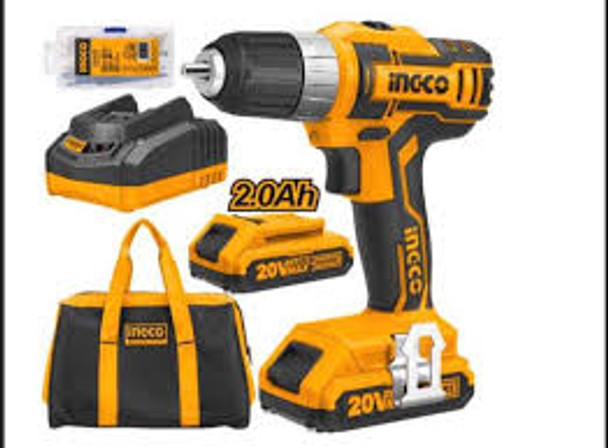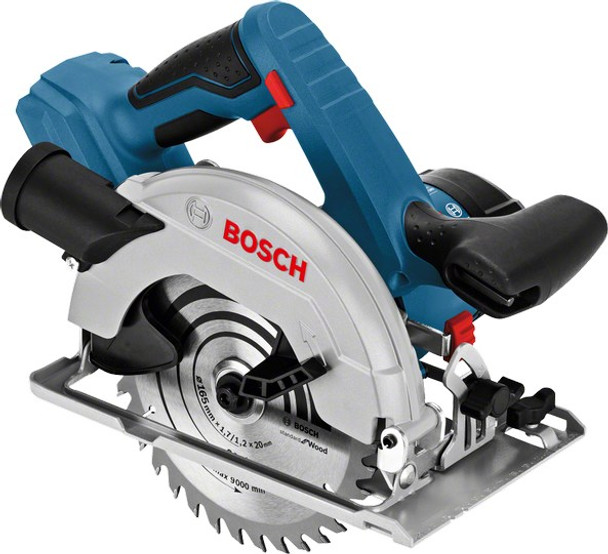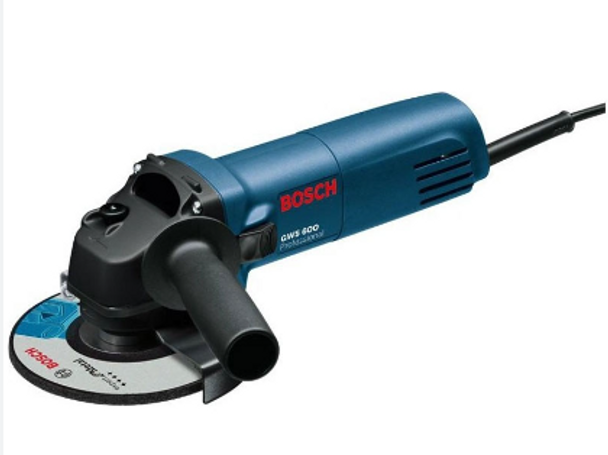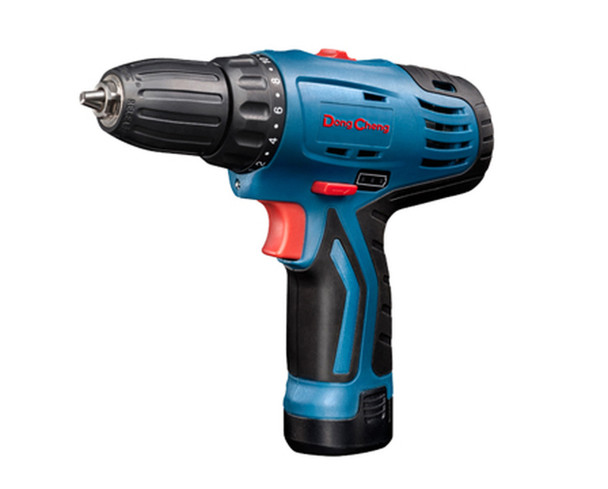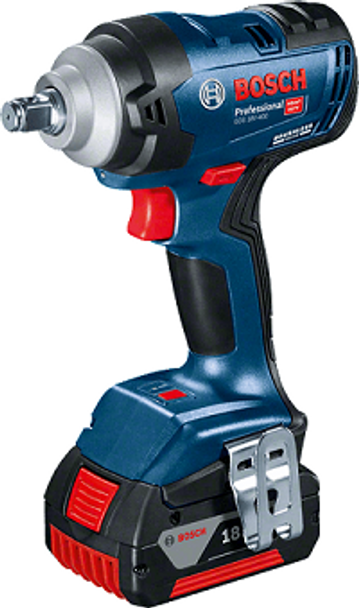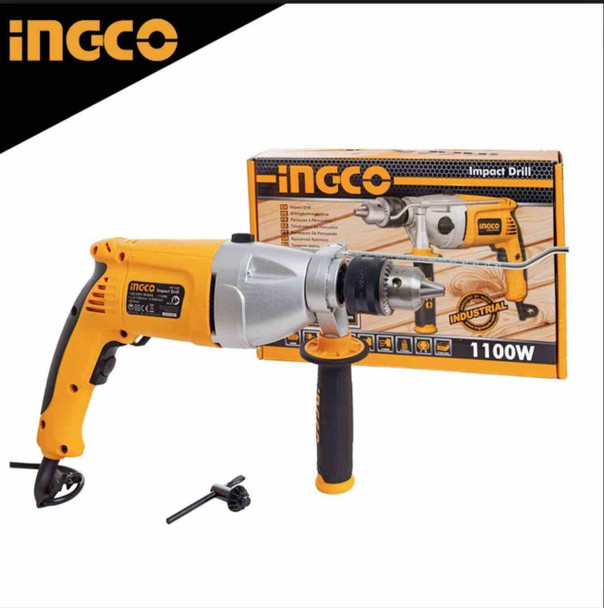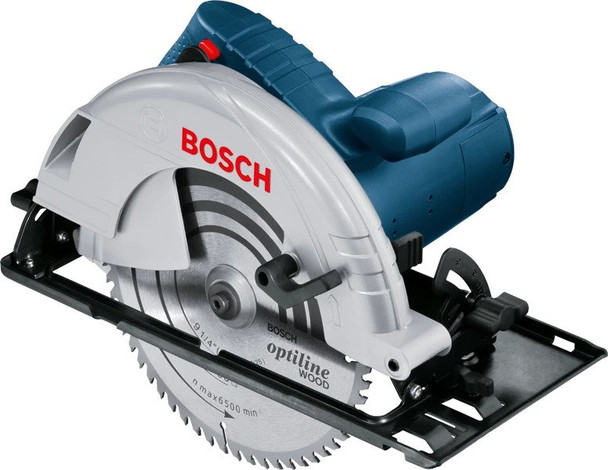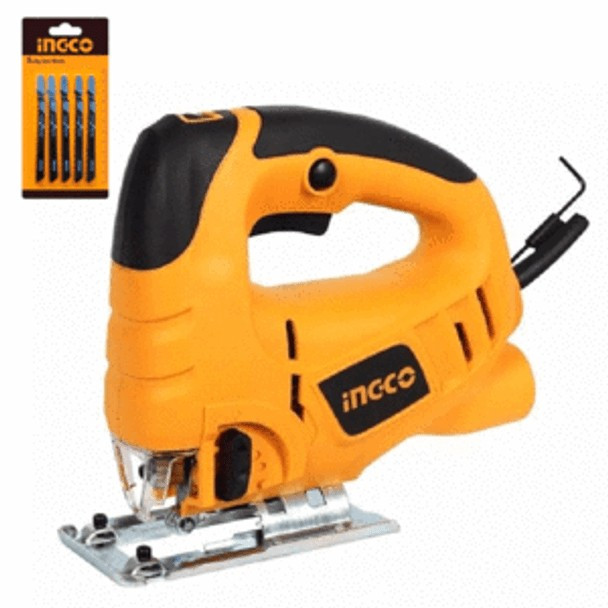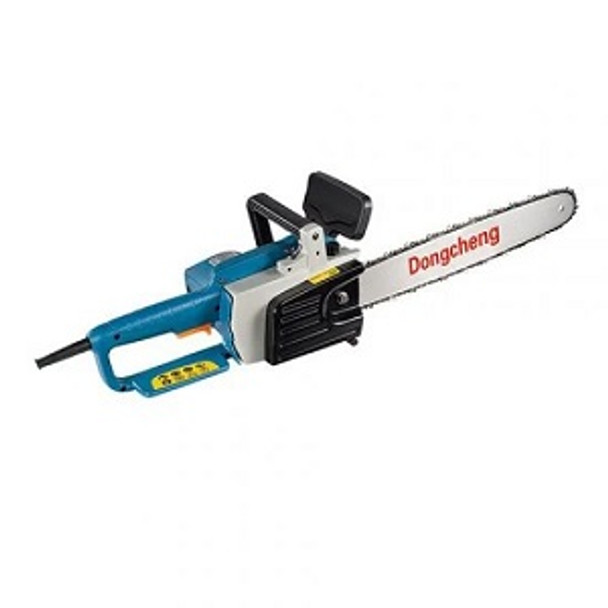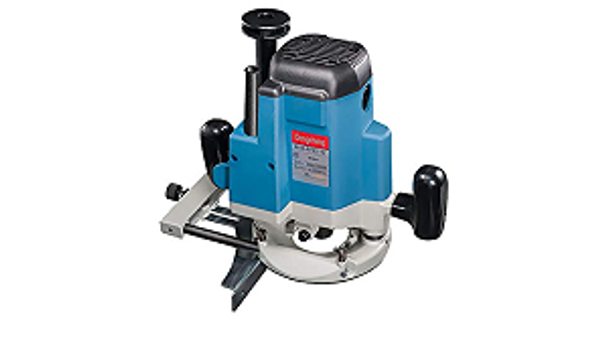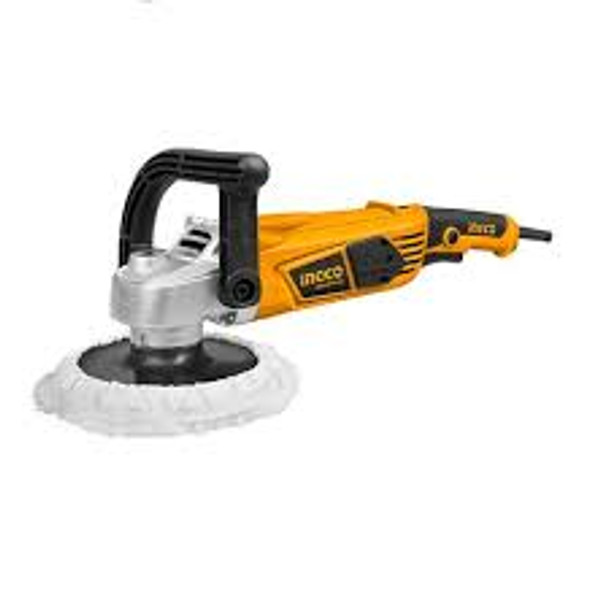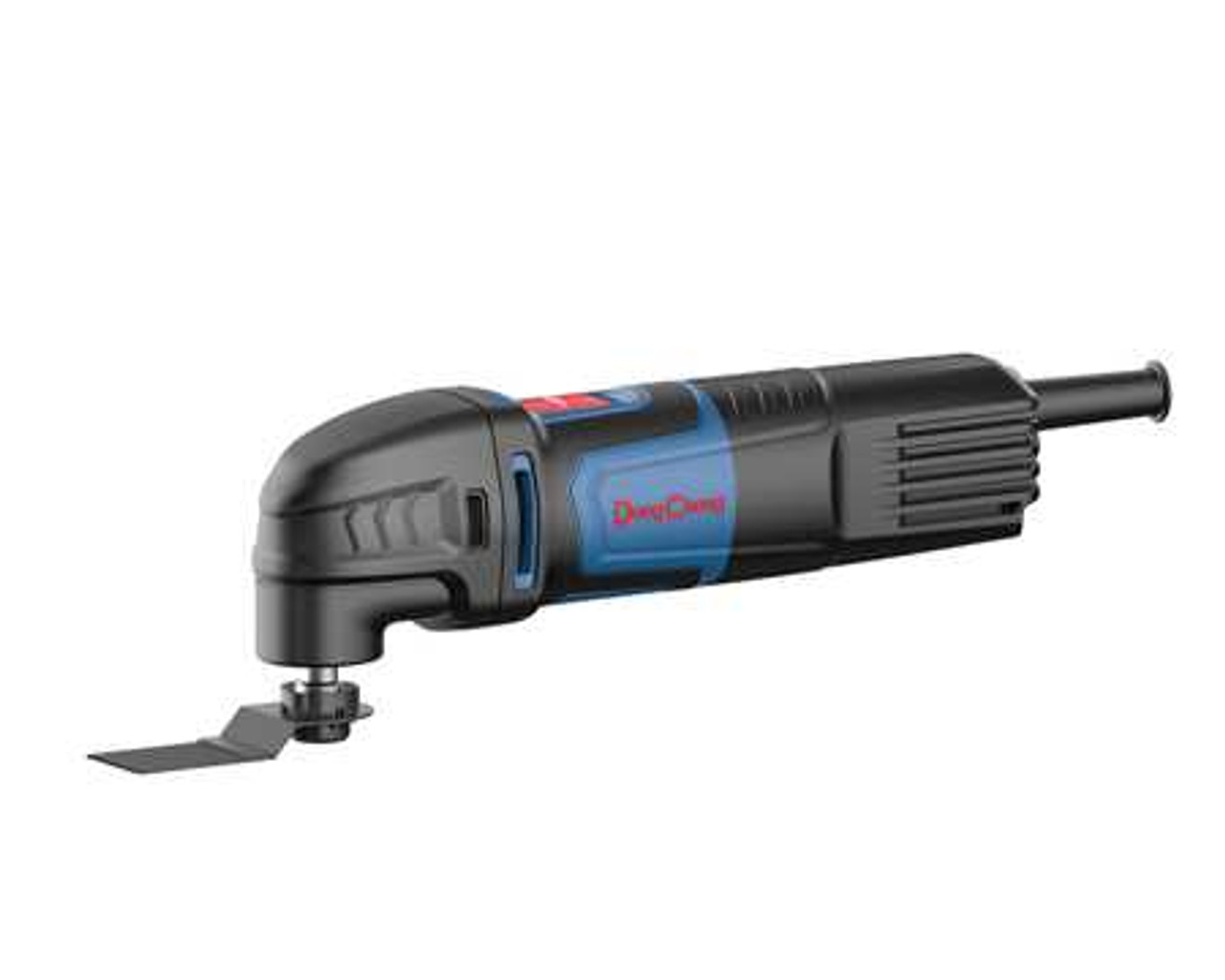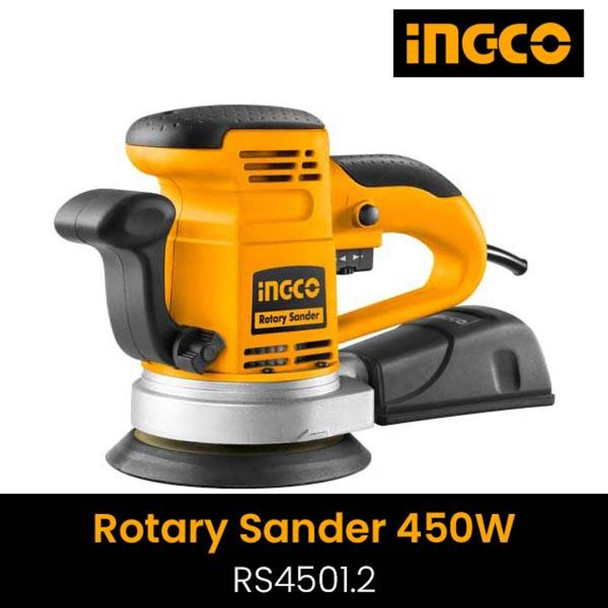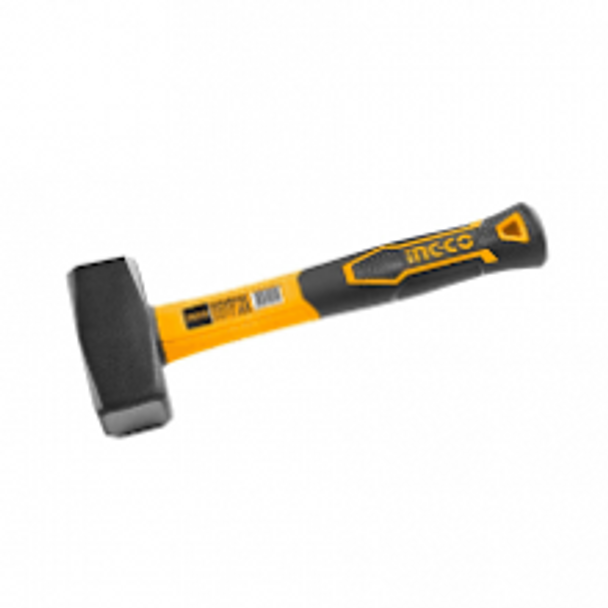Step-by-Step Guide to Selecting the Right Power Tool
Power tools are indispensable equipment in the construction industry, there are numerous types of power tools needed for specific purposes and selecting the right type for your project would boost productivity and job efficiency.
Some power tools to select from includes; Angle grinders which is suitable for cutting and grinding, making them versatile in metalworking and construction. A hammer drills, drills into hard materials effortlessly, while an impact wrench tightens or loosens bolts with power. The impact drill combines drilling with impacting for robust performance. Electric miter saws, jig saws, and electric circular saws make precise cuts in different materials, while electric chain saws simplify woodcutting. Wood routers add intricate details to woodworking projects, and marble cutters precisely handle stone materials. Polishers enhance the finish of surfaces with ease. Cordless driver drills and multi-tools offer portability for various tasks, while belt sanders provide smooth finishes. Driver drills and percussion hammers cater to drilling and hammering needs, completing the ensemble of power tools that empower professionals and DIY enthusiasts alike across a multitude of projects.
DongCheng Cordless brushless rotary hammer -DCZC22
Now that we know these power tools and their uses selecting the right one doesn't have to be complicated. Whether you're fixing something at home or tackling a project, this step-by-step guide is here to help. We'll break down the process in easy terms, from figuring out what you need to understanding what each tool does. Let's make selecting the right power tool a straightforward and stress-free experience, so you can get your job done with confidence. Here are 10 Tips on Simple Ways to Keep Your Power Tools in Good Working Order after selecting the right one for the job.
Step-by-Step Guide to selecting the right power tools
Assessing Project Requirements
Before choosing a power tool, you need to have a clear idea of what you want to accomplish with it. This involves a comprehensive analysis of the task at hand, including the intricacies, scale, and materials involved. Understanding these requirements will help determine the type of power tool needed for optimal results. Factors to consider during this phase might include:
- Project Scope: Define the size, complexity, and nature of the project. Is it a small repair job, a woodworking project, or a more extensive renovation task?
- Material Consideration: Different power tools are specialized for various materials (wood, metal, plastic, etc.). Identifying the material you'll be working with is crucial for tool selection.
- Precision and Accuracy: Assess whether the project demands precise cuts, smooth finishes, or intricate detailing. This will influence the choice of power tool as certain tools excel in delivering accuracy over others.
- Work Environment: Consider the workspace's size, accessibility, and power supply availability. Some tools may require ample space or specific power requirements.
Ingco Lithium-Ion cordless drill INGCO CDLI2002
Matching Tools to Project Needs
Once you have assessed your project requirements, the next step is to match the specific tools to those needs. This phase involves researching and understanding the functionalities of various power tools available in the market and identifying the ones that align with your project's demands. Key considerations include:
- Tool Type: Depending on the nature of your project, determine the type of power tool required, saws, drills, sanders, etc. Each tool has its specialties and varying features catering to specific tasks.
- Power Source: Consider whether a corded or cordless tool best suits your project. Cordless tools offer mobility but might have limited battery life, while corded ones provide continuous power but are restricted by cords.
- Performance and Capability: Evaluate the power tool's capabilities in terms of power, speed, torque, and other specifications. Ensure the tool has the necessary features to handle your project's requirements efficiently.
Considerations for DIY Enthusiasts
For DIY enthusiasts, selecting the right power tool can significantly impact the success and enjoyment of their projects. When choosing tools for personal use, several aspects should be considered:
- User-Friendliness: DIYers often prioritize tools that are easy to use and handle. Consider the ergonomics, weight, and grip of the tool, especially if it will be used for extended periods.
- Safety Features: Safety is paramount. Look for tools equipped with safety features like blade guards, safety switches, or vibration reduction mechanisms to minimize risks during operation.
- Versatility and Multi-functionality: Tools that offer multiple functions or attachments, enable DIYers tackle various projects without needing several specialized tools.
- Budget Constraints: Balancing quality and affordability is crucial. Researching and comparing prices while considering the quality and features of the tool is beneficial.
However, as a DIY enthusiast, you may want to invest in a power tool set that provides a variety of tools for different projects. Power tool sets can save you money, time, and space, as you can use the same battery and charger for multiple tools.
Some factors to consider when choosing a power tool set are:
- The number and type of tools included. Make sure the set has the tools you need and want, and avoid paying for tools you don’t use.
- The battery and charger system. Look for a system that has a high capacity, a fast charge, and a long runtime. Also, check if the system is compatible with other tools or brands.
- The quality and warranty of the tools. Look for tools that are well-made, durable, and reliable. Also, check if the tools have a warranty or a service plan that covers defects or repairs.
Bosch Cordless Circular Saw GKS 18V-57 Professional
Key Features to Look for in Power Tools
Understanding the essential features in power tools is pivotal when making a selection. Here are some key elements to pay attention to:
- Power and Performance: Assess the power output, measured in watts or volts, and the tool's performance capabilities. Higher power often translates to increased efficiency in completing tasks.
- Ergonomics and Comfort: Consider the tool's design, grip, and overall ergonomics. Comfortable tools reduce user fatigue during extended use, enhancing productivity and safety.
- Adjustability and Control: Look for tools with adjustable settings or speed controls, providing versatility and precision in handling different materials and tasks.
- Durability and Build Quality: Opt for tools made from high-quality materials that can withstand heavy usage. A durable tool ensures longevity and reliability, minimizing maintenance or replacement costs.
- Warranty and Support: Check for manufacturer warranties and after-sales support. A reliable warranty ensures peace of mind and assistance in case of malfunctions or issues.
Common Power Tools and how to select the right one
1. Angle Grinders
Angle grinders are versatile handheld power tools with a rotating abrasive disc used for cutting, grinding, polishing, and shaping various materials, such as metal, tile, stone, and concrete.
Step-by-Step Guide for Choosing:
- First of all consider the disc size, angle grinders come in various disc sizes (typically 4.5 to 9 inches). Choose the size based on the intended application; smaller discs are suitable for precision work, while larger discs handle heavier tasks.
- Check the power rating or motor size. Higher power indicates better performance for heavy-duty tasks.
- Look for models with adjustable speed settings for versatility. Variable speed settings enable better control over different materials and tasks.
- Ensure the grinder has safety features such as a wheel guard, anti-kickback clutch, and proper handle for stability and user safety.
Bosch angle grinder GWS600 115mm
Applications in DIY and Construction:
DIY: Angle grinders are handy for DIY projects involving metalwork (cutting, grinding welds), tile or stone cutting for home renovations, and even woodworking tasks when equipped with appropriate discs.
Construction: In construction, angle grinders are indispensable for tasks like cutting concrete, brick, or metal, smoothing surfaces, and removing excess material on construction sites.
2. Hammer Drills
Hammer drills are power tools used primarily for drilling into hard surfaces like concrete, stone, brick, and masonry. They feature a hammering function that assists in breaking through tough materials.
Step-by-Step Guide for Choosing:
- Choose between corded and cordless models based on portability needs. Corded ones provide continuous power, while cordless drills offer mobility.
- Ensure the drill has a dedicated hammer function or mode for drilling into hard materials. Look for adjustable settings for drilling and hammering functions.
- Consider the chuck size, as larger chucks accommodate larger drill bits, enabling versatility for various drilling tasks.
- Finally, consider the ergonomics and handling of the tool. Opt for a drill with comfortable grips and ergonomic design, especially if using it for extended periods.
Applications in DIY and Construction:
DIY: Hammer drills are excellent for DIYers working on home improvement projects involving drilling into concrete or masonry for installing shelves, brackets, or anchors.
Construction: In construction, these drills are crucial for tasks like installing electrical fixtures, anchoring structures, or drilling holes in tough materials on job sites.
Cordless Brushless Drill Driver/Hammer Drill Li-ion 12V DCZJ10 Dong Cheng
3. Impact Wrenches
Impact wrenches are high-torque power tools primarily used for loosening or tightening nuts, bolts, and fasteners. They deliver strong rotational force, making them ideal for heavy-duty applications.
Step-by-Step Guide for Choosing:
- First off, choose between pneumatic (air-powered), corded electric, or cordless battery-powered impact wrenches based on mobility and power requirements.
- Then consider the torque rating, measured in foot-pounds (ft-lbs), as it indicates the tool's tightening or loosening capacity. Higher torque is suitable for heavier tasks.
- Balance power and portability by considering the size and weight of the wrench. Heavier-duty models may be bulkier but offer greater torque.
- Finally, ensure the impact wrench is compatible with a variety of socket sizes to accommodate different fasteners.
Applications in DIY and Construction:
DIY: Impact wrenches are beneficial for DIYers working on automotive repairs, assembling furniture, or undertaking home improvement projects involving tightening or loosening large bolts or nuts.
Construction: In construction, these wrenches are indispensable for tasks like assembling steel structures, working on heavy machinery, or fastening in building construction.
Bosch GDS 18V-400 Professional Impact Wrench
4. Impact Drills
Impact drills, also known as impact drivers, are versatile power tools used for driving screws and fasteners with high torque and rotational force. They provide quick and efficient fastening capabilities.
Step-by-Step Guide for Choosing:
- Consider whether a corded or cordless impact drill suits your needs based on mobility and power requirements. Cordless drills offer portability but might have limited battery life.
- Look for drills with adjustable torque settings for various fastening tasks. Variable speed settings offer control over different materials.
- Opt for drills with keyless chucks for easy bit changes. Consider the chuck size for compatibility with different drill bits.
- Check for LED lights, ergonomic handles, and built-in clutch systems for enhanced usability and precision.
Applications in DIY and Construction:
DIY: Impact drills are ideal for DIY projects involving assembling furniture, installing cabinets, driving screws into various materials, and undertaking small renovation tasks.
Construction: In construction, these drills are valuable for tasks such as framing, installing drywall, and any project requiring rapid and efficient screw driving.
Impact drill 16mm ID211002 INGCO
5. Electric Miter Saws
Electric miter saws are specialized tools used for making precise crosscuts, miter cuts, and angled cuts in wood, plastic, or metal. They feature a pivoting blade for versatile cutting angles.
Step-by-Step Guide for Choosing:
- First of all consider the blade size (diameter) and the type of material it's designed to cut. Some saws come with interchangeable blades for different materials.
- Then look for saws with easily adjustable miter and bevel angles for precise cutting flexibility.
- Check the power rating and cutting depth of the saw. Higher power and greater cutting capacity are suitable for thicker or denser materials.
- Finally ensure the saw has safety features like blade guards and a dust collection system for a safer and cleaner work environment.
Applications in DIY and Construction:
DIY: Electric miter saws are ideal for DIY projects involving crown molding, framing, trim work, and woodworking tasks requiring accurate angle cuts.
Construction: In construction, these saws are valuable for tasks such as framing, building decks, and other precision cutting needs on job sites.
Bosch Hand-Held Circular Saw GKS 235 Turbo Professional
6. Jig Saws
Jig saws are versatile handheld power tools used for making curved, intricate cuts in various materials like wood, metal, plastic, and ceramic.
Step-by-Step Guide for Choosing:
- Decide between corded and cordless models based on mobility needs. Longer cords provide better maneuverability.
- Opt for jig saws with variable speed settings for different cutting materials. This feature provides better control and precision.
- Consider models with orbital action for faster cutting and choose appropriate blades based on the material to be cut.
- Lastly look for ergonomic designs and comfortable grips, especially if using the tool for extended periods.
Applications in DIY and Construction:
DIY: Jig saws are perfect for DIYers working on projects like making intricate cuts for furniture, crafting, and artistic designs in various materials.
Construction: In construction, these saws are used for cutting irregular shapes, making cutouts in panels, and other tasks requiring detailed and curved cuts.
Jig Saw 650W - INGCO JS6508
7. Electric Chain Saws
Electric chain saws are power tools equipped with a motor-driven chain used for cutting trees, branches, and logs in forestry, landscaping, and other outdoor applications.
Step-by-Step Guide for Choosing:
- Decide between corded and cordless models based on mobility needs. Longer cords provide better reach outdoors.
- Consider the bar length (blade) suitable for the intended cutting tasks. Ensure safety features like chain brakes and handguards are present.
- Opt for models with easy chain tension adjustment systems for efficient operation.
- Also be sure to check for ease of maintenance and user-friendly features for hassle-free operation.
Applications in DIY and Construction:
DIY: Electric chain saws are useful for DIY projects involving tree pruning, cutting firewood, and general outdoor landscaping tasks.
Construction: While less common in construction, electric chain saws might be used for site clearance, minor tree cutting on construction sites, or landscaping projects.
DongCheng Electric Chain Saw 1300W, 16'' DML405
8. Wood Routers
Wood routers are versatile woodworking tools used for hollowing out, shaping edges, and creating grooves or designs in wood, plastic, or metal.
Step-by-Step Guide for Choosing:
- First of all, decide between plunge routers (for depth control) and fixed-base routers (for stability) based on your intended applications.
- Consider the power rating and variable speed settings for precise control over different cutting tasks.
- Check the router's compatibility with various bits and the collet size to accommodate different router bits.
- Finally, look for routers with easy depth adjustments and stable bases for accurate and controlled cuts.
Applications in DIY and Construction:
DIY: Wood routers are essential for DIY woodworking projects involving shaping edges, creating joinery, making decorative cuts, and crafting detailed designs.
Construction: In construction, routers might be used for tasks like trimming laminate materials, making grooves for joints, or creating specialized designs in woodwork for building projects.
DongCheng Wood Router 1850W; 12.7mm DMR04-12
9. Polishers
Polishers are power tools used for polishing and buffing surfaces to achieve a smooth, glossy finish on materials like metal, stone, and wood.
Step-by-Step Guide for Choosing:
- First choose between rotary or random orbit polishers based on the intended surface and desired finish.
- Opt for polishers with variable speed settings for better control and versatility in achieving different finishes on various materials.
- Consider the compatibility of different polishing pads and the size of the pads suitable for the tasks you'll undertake.
- Look for ergonomic designs and comfortable grips for ease of use, especially during extended polishing sessions.
Applications in DIY and Construction:
DIY: Polishers are useful for DIYers engaged in tasks such as car detailing, buffing metal surfaces, polishing wooden furniture, and restoring shine to stone countertops.
Construction: In construction, polishers are utilized for tasks like polishing concrete surfaces, restoring stone floors, or enhancing the appearance of metal fixtures.
Angle Polisher Ingco-AP14008
10. Cordless Multi-Tools
Cordless multi-tools are versatile, compact power tools designed for various cutting, sanding, scraping, and grinding applications.
Step-by-Step Guide for Choosing:
- Look for multi-tools with a wide range of compatible attachments for different tasks like cutting, sanding, and scraping.
- Consider higher-capacity batteries for longer runtime, especially if engaging in prolonged or heavy-duty tasks.
- Opt for models with variable speed settings for precise control and adaptability across different materials and applications.
- Choose models with ergonomic designs and comfortable grips for better handling during extended use.
Applications in DIY and Construction:
DIY: Cordless multi-tools are perfect for DIYers involved in tasks like cutting, sanding, and scraping in tight spaces, flooring projects, or detail work in woodworking.
Construction: In construction, these tools are valuable for tasks such as cutting pipes, sanding surfaces, or removing grout and adhesives in renovation and remodeling projects.
DongCheng MULTI TOOL DMD320
11. Belt Sanders
Belt sanders are powerful tools used for sanding and smoothing wood, removing old paint, and leveling surfaces quickly.
Step-by-Step Guide for Choosing:
- Check the size and type of belt suitable for your sanding needs, whether for aggressive material removal or finer finishes.
- Go for high-powered models with variable speed settings for versatility in sanding various materials.
- Ensure the belt sander has an efficient dust collection system for cleaner workspaces during sanding.
- Choose belt sanders with ergonomic designs, comfortable grips, and effective vibration reduction for ease of use.
Applications in DIY and Construction:
DIY: Belt sanders are essential for DIYers engaged in tasks like refinishing furniture, sanding wooden floors, and preparing surfaces for painting or staining.
Construction: In construction, these sanders are used for tasks such as removing paint or varnish from wooden surfaces, smoothing rough edges on lumber, or preparing surfaces for finishing.
Rotary Sander INGCO RS4501.2
12. Percussion Hammers
Percussion hammers are robust power tools used for drilling through tough materials like concrete, stone, brick, and masonry, providing a hammering action to aid in drilling.
Step-by-Step Guide for Choosing:
- Consider high-powered models with sufficient impact energy for efficient drilling through hard materials.
- Go for percussion hammers with SDS chuck systems for improved drilling efficiency and compatibility with different drill bits.
- Choose hammers with vibration control mechanisms and comfortable grips for reduced user fatigue during prolonged use.
- Ensure the tool has safety measures like anti-vibration technology and integrated clutch systems for user safety.
Applications in DIY and Construction:
DIY: Percussion hammers are useful for DIYers working on projects involving drilling into concrete walls, installing anchors, or renovating spaces with hard surfaces.
Construction: In construction, these hammers are indispensable for professionals working on tasks like drilling into concrete or masonry for structural work, renovations, or installations on job sites.
INGCO HSTH8802 STONING HAMMER 1KG
Making Informed Decisions
Making informed decisions on the right power tools for your projects also involves smart budgeting and quality assessment. Here's a simple guide to help you pick the best ones without getting lost in the details:
Budget:
- Match your budget with your project needs. Start with essential tools and add more gradually.
- Invest in quality tools even on a limited budget to avoid future repair costs. Consider refurbished options from trusted sellers.
Brand and Quality:
- Stick to well-known brands with a reputation for durable, reliable tools.
- Check the tool's construction and materials for sturdiness and robustness.
- Look for expert reviews and consider warranties and customer service quality.
User Reviews:
- Read user reviews from different sources to understand real experiences.
- Focus on common feedback themes across reviews for a balanced view.
- Engage with DIY communities for firsthand advice, keeping in mind personal preferences and project needs.
By balancing your budget with quality, choosing reputable brands, and considering user experiences, you'll find the right power tools for your projects.
Related Article
The Ten Most Recommended Cordless Tools Brand in Nigeria for 2024
Conclusion
In order to select the perfect power tools, understanding the intricate considerations and making well-informed decisions is crucial. From meticulously assessing project needs to budget considerations and scrutinizing brand quality through user reviews, each step is pivotal. Armed with this comprehensive guide, you can confidently make the best choice for you. Trust your research, lean on expert advice, and let intuition guide you in making astute choices, knowing that quality tools aren't just an investment in projects but also in capabilities. Your projects deserve tools that align perfectly with your needs. Let the right power tools become allies in transforming ideas into reality, empowering you to tackle even more ambitious feats. Craft passionately, build tirelessly, and let the joy of creation fuel your DIY adventures.
Recent Posts
-
Dongcheng Rotary Hammer: A Comprehensive Guide for Contractors
Key takeaway;The DongCheng Rotary Hammer serves as an invaluable resource for contractors seeking to …Apr 26, 2024 -
Innovative Uses of Construction Chemicals in Modern Architecture
Construction chemicals are essential compounds used in building structures, with polymers being one …Apr 25, 2024 -
Comparing Inverter Generators vs. Conventional Generators
Key takeawayWhen comparing inverter generators to conventional generators, it's essential to co …Apr 24, 2024

